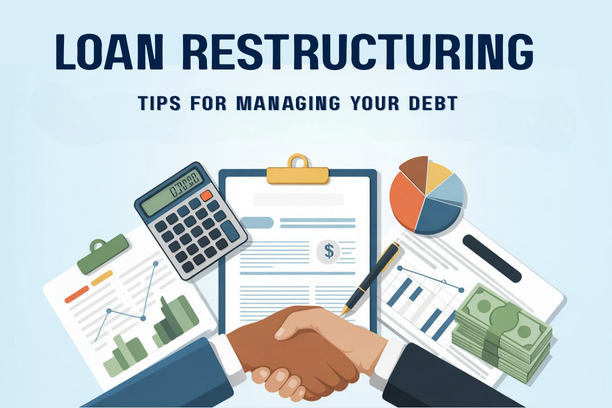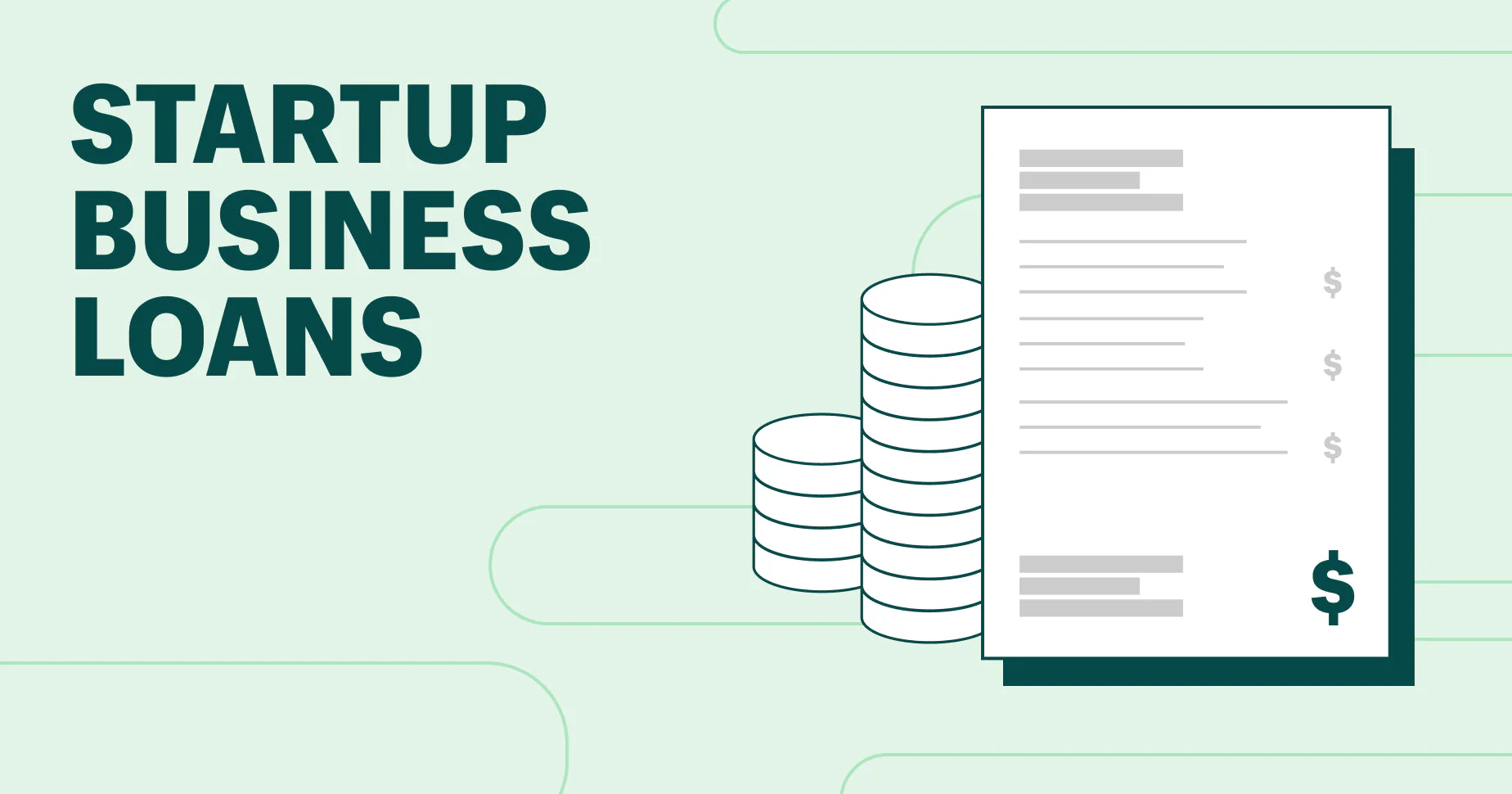The home loan interest rate is arguably the single most important factor that will determine the long-term affordability of your home. A difference of just a few percentage points can add up to hundreds of thousands of pesos over a 20- or 30-year loan term. In a dynamic financial landscape, finding the best home loan interest rates in the Philippines right now requires careful research and a strategic approach. This 2025 comparative guide will provide you with a comprehensive overview of the current interest rates from major banks and key government institutions. We will go beyond the numbers, teaching you how to properly compare loans, calculate your true cost of borrowing, and ultimately find the perfect financial partner for your homeownership journey.
Beyond the Rate: Understanding the True Cost of Your Loan
Focusing solely on the interest rate can be a costly mistake. The true cost of your home loan is a combination of the rate, the loan term, and a variety of fees. Understanding these components is essential for a smart comparison.
The Difference Between Fixed-Rate and Variable-Rate Loans
When you shop for a home loan, you will typically be offered a choice between a fixed-rate loan and a variable-rate loan. The interest rate on a fixed-rate loan is set for a specific period of time (e.g., 1, 3, 5, 10, or 20 years). During this period, your monthly amortization will not change, regardless of market fluctuations. This provides stability and predictability, allowing you to budget with confidence. After the fixed-rate period ends, the interest rate will be re-priced based on the prevailing market conditions.

On the other hand, a variable-rate loan (also known as a floating-rate loan) has an interest rate that is subject to change at any time, based on market indicators. While this can sometimes lead to lower payments when market rates are down, it also exposes you to the risk of your payments increasing if rates go up. In a period of high inflation or economic uncertainty, a fixed-rate loan is often the safer choice for homebuyers who prioritize stability. Knowing this distinction is the first step to making a smart decision, and it is a key component of understanding the best home loan interest rates in the Philippines right now.
The Hidden Costs That Affect Your Total Loan Amount
In addition to the interest rate, a home loan comes with several fees that are typically paid upfront or deducted from the loan proceeds. These fees can add a significant amount to your total cost of borrowing.
- Appraisal Fee: A fee charged by the bank to have an accredited appraiser evaluate the market value of the property you intend to buy. The appraised value will determine the maximum loanable amount.
- Processing Fee: A one-time fee charged by the bank for processing your loan application and other administrative costs.
- Documentary Stamp Tax (DST): A government tax on all loan documents, calculated as a percentage of the loan amount.
- Mortgage Redemption Insurance (MRI): This is an insurance policy that pays off the outstanding loan balance in the event of your death or total disability. While not a hidden fee, it is a mandatory cost that will be part of your loan.
- Title Transfer Costs: The cost of transferring the title of the property from the seller to you, which includes taxes, registration fees, and other legal costs.
These fees are a critical part of the overall cost of the loan and should always be factored into your decision. Comparing the total loan package, not just the interest rate, is the most effective way to find the best home loan interest rates in the Philippines right now.
A Comparative Look at the Best Home Loan Interest Rates in the Philippines Right Now
To help you with your search, here is a snapshot of the current home loan interest rates in the Philippines, based on typical offerings in 2025. It’s important to note that these are for reference only, and the actual rate you receive will depend on your credit profile, the loan amount, and the prevailing market conditions at the time of your application.
Rates from Major Banks: A 2025 Snapshot
Major universal banks in the Philippines compete fiercely for market share, which often results in very competitive interest rates. They offer a wide range of fixed-rate terms to cater to different borrower needs.
- BDO Unibank, Inc.: Known for its strong market presence, BDO offers very competitive rates for a variety of fixed-rate terms.
- 1-year fixed rate: around 6.50% per annum
- 3-year fixed rate: around 7.00% per annum
- 5-year fixed rate: around 7.50% per annum
- Bank of the Philippine Islands (BPI): BPI is another top player, and its rates are often very similar to BDO. They are known for having a streamlined application process.
- 1-year fixed rate: around 6.75% per annum
- 5-year fixed rate: around 7.75% per annum
- 10-year fixed rate: around 8.50% per annum
- Metrobank: Metrobank is a reliable option with competitive interest rates and a wide range of loan products.
- 1-year fixed rate: around 6.60% per annum
- 5-year fixed rate: around 7.60% per annum
- UnionBank of the Philippines: A tech-forward bank that offers a digital-friendly application process for home loans.
- 5-year fixed rate: around 7.75% per annum
These rates are a strong starting point for your research, but you should always confirm the latest offerings directly with the banks. The competition among these banks is a key driver of the best home loan interest rates in the Philippines right now.
The Affordable Advantage of Pag-IBIG Housing Loan
For many Filipinos, especially those in the low- to middle-income brackets, the Pag-IBIG Housing Loan is the most affordable option. The Pag-IBIG Fund is a government-mandated savings program that provides financial assistance to its members.
- Pag-IBIG’s Rates: The interest rates for a Pag-IBIG housing loan are significantly lower than those of commercial banks.
- 1-year fixed rate: 5.75% per annum
- 3-year fixed rate: 6.25% per annum
- 5-year fixed rate: 6.50% per annum
- 10-year fixed rate: 7.00% per annum
- 15-year fixed rate: 7.75% per annum
- 30-year fixed rate: 8.50% per annum
- Special Programs: Pag-IBIG also offers special programs with even lower interest rates for members who are in the minimum wage to low-income category, with rates as low as 3% per annum for a loan of up to P580,000.
The Pag-IBIG housing loan is a fantastic option, but it is important to remember that it is available only to members who have made at least 24 months of contributions. The loan amount is also subject to your income and your total accumulated value with the fund.
Finding the Right Loan: How to Compare and Choose
With a clearer picture of the rates, it’s time to put that knowledge into practice. A smart borrower uses a simple process to compare loan packages.
A Step-by-Step Guide to Calculating Your Monthly Amortization
Calculating your monthly amortization is a key step in determining your loan’s affordability. You can use a bank’s online calculator or a simple formula to get a good estimate.
A simplified formula is: Where:
- is your monthly amortization
- is the principal loan amount
- is the monthly interest rate (annual rate divided by 12)
- is the total number of payments (loan term in years multiplied by 12)
Let’s say you are looking for a P3,000,000 home loan over 20 years with an annual interest rate of 7.50%.
Using a loan calculator, your monthly amortization would be approximately P24,142. By doing this calculation for each of the loans you are considering, you can get a clear picture of which loan is the most affordable for your budget. This is a crucial step in finding the best home loan interest rates in the Philippines right now.
A Checklist for Choosing the Most Suitable Loan
To ensure you make a smart decision, you should create a simple checklist that goes beyond just the interest rate:
- Interest Rate and Fixed-Rate Term: Compare the rates and choose a fixed-rate term that aligns with your financial plan.
- Loan Amount and Repayment Term: Ensure the loan amount you can get is sufficient and that the repayment term is comfortable for you.
- Total Loan Costs: Compare the total fees, including the processing fee, appraisal fee, and documentary stamp tax.
- Bank’s Reputation and Service: Choose a bank that has a good reputation and offers a loan process that is convenient for you.
- Customer Service and Support: Ensure the bank has a good customer service team that can assist you throughout your loan term.
Conclusion
Finding the best home loan interest rates in the Philippines right now is a crucial step on your journey to homeownership. By looking at the latest rates from major banks and Pag-IBIG, understanding the difference between fixed and variable rates, and factoring in all the hidden costs, you can make an informed decision that will save you a substantial amount of money. Remember to use a calculator to compare your options, and always choose a loan that not only has a great rate but also fits comfortably within your long-term financial plan.














